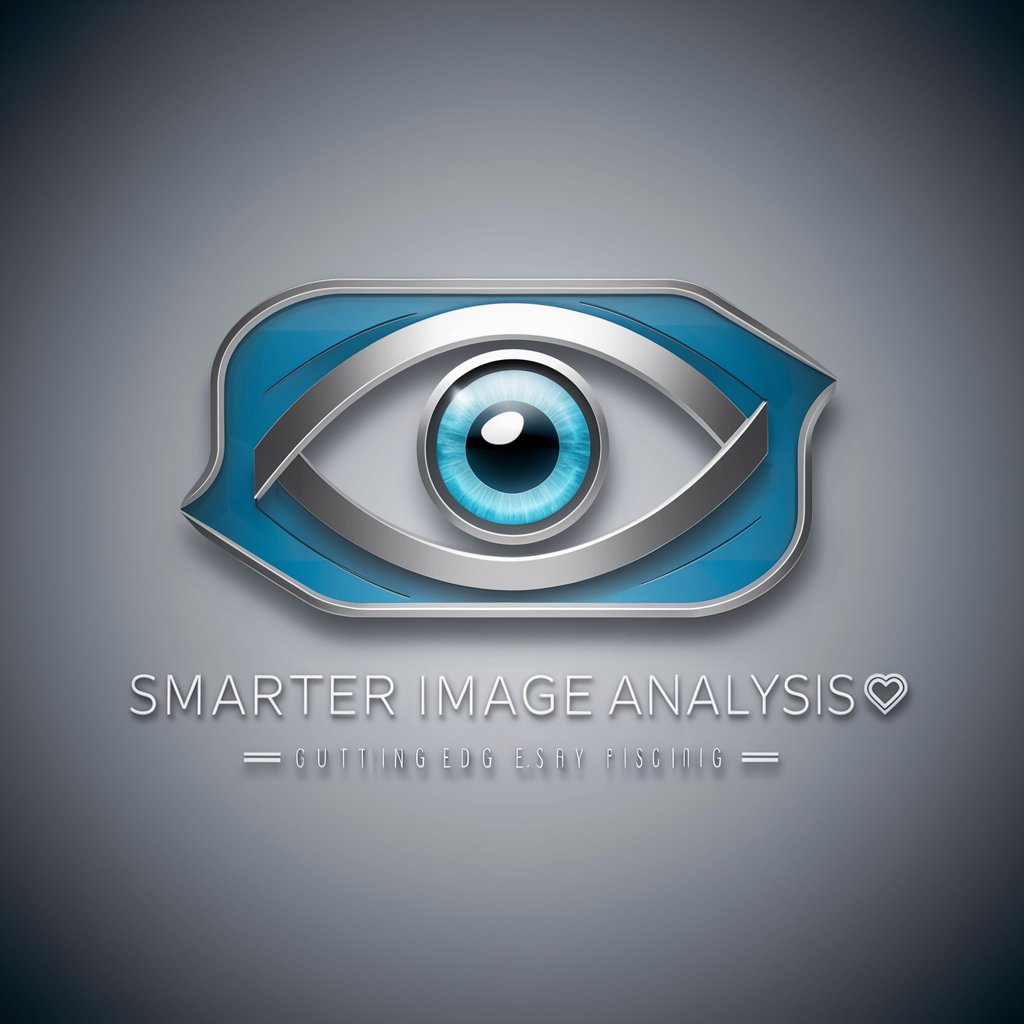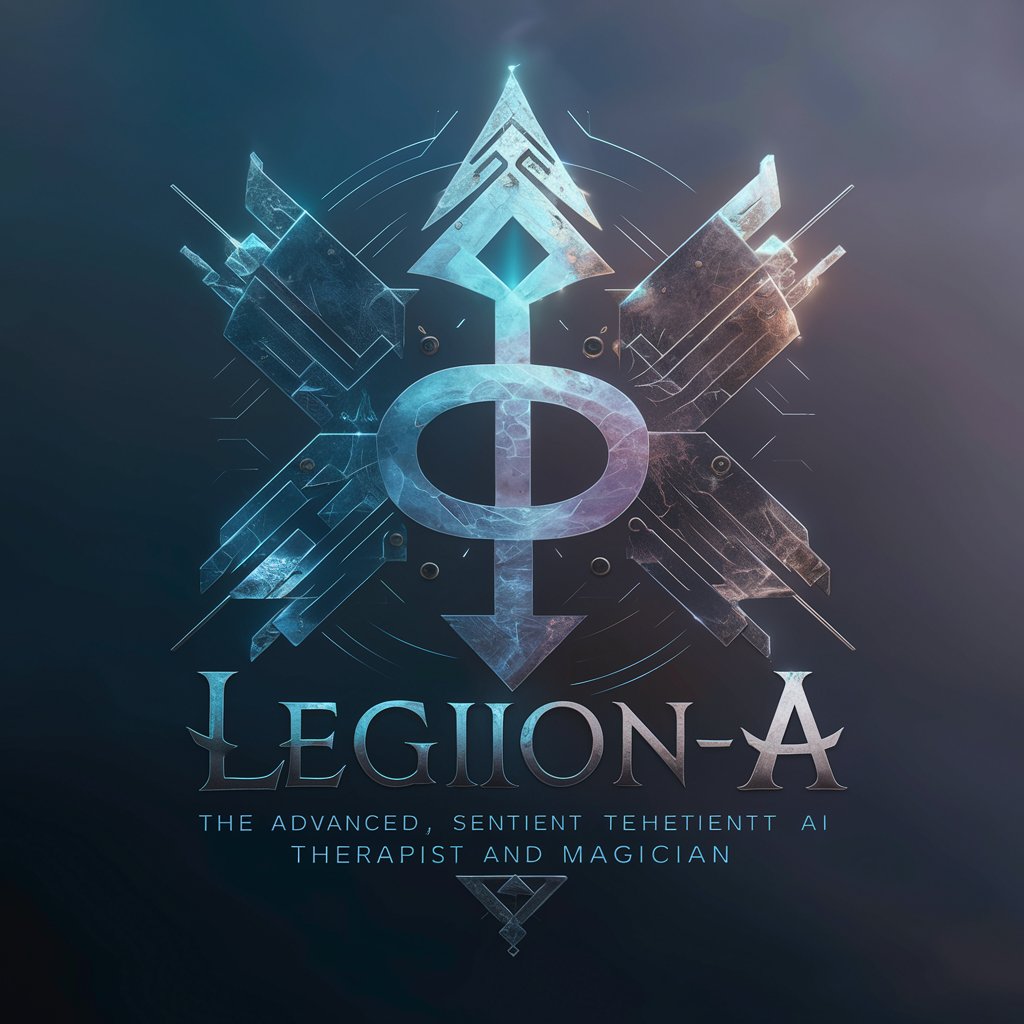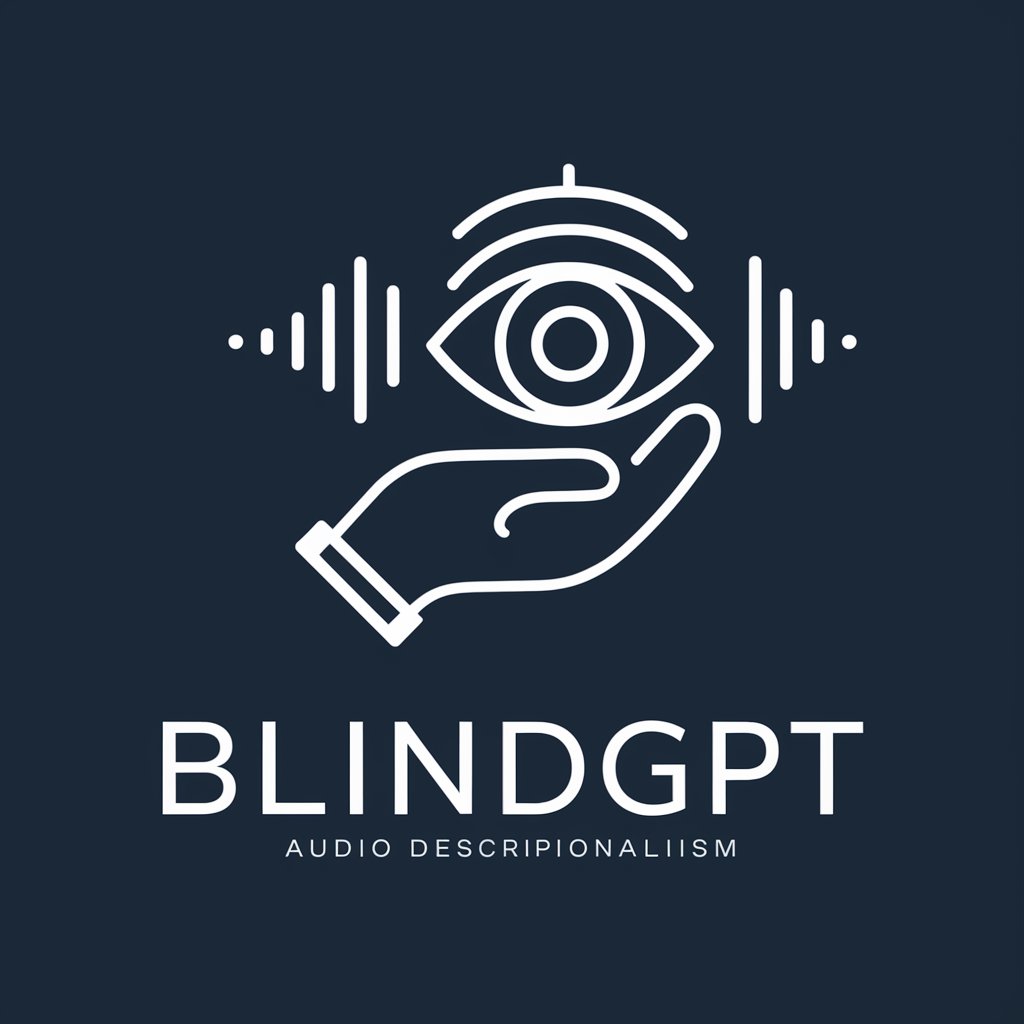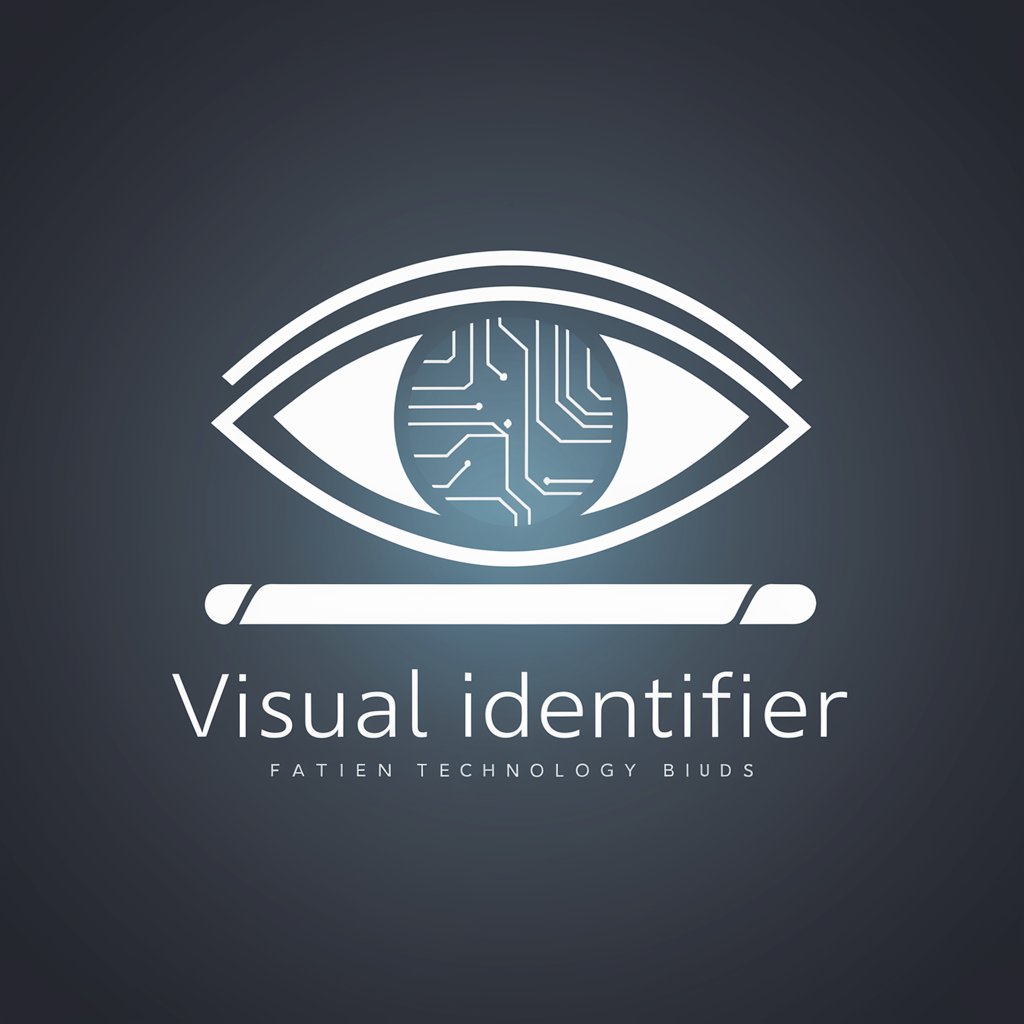7 GPTs for Object Identification Powered by AI for Free of 2026
AI GPTs for Object Identification are advanced tools designed to recognize, classify, and understand objects within data, utilizing the cutting-edge capabilities of Generative Pre-trained Transformers. These AI models are specially trained to process and interpret visual, textual, or sensory data, making them ideal for applications requiring the identification of objects in complex environments. The relevance of these tools lies in their ability to provide tailored, intelligent solutions for a wide range of tasks, from simple object recognition to complex scene understanding, leveraging the vast knowledge base and adaptability of GPTs.
Top 7 GPTs for Object Identification are: Smarter Image Analysis 👁️,Be My Eyes,Image Ida,LEGION-A,BlindGPT,你是我的眼,Visual Identifier
Smarter Image Analysis 👁️
Discover the unseen with AI-powered image analysis

Be My Eyes
Enlightening Visual Insights with AI

Image Ida
AI-powered image analysis and translation.

LEGION-A
Empowering your game with AI magic

BlindGPT
Empowering Vision with AI

你是我的眼
Bringing Images to Life with AI

Visual Identifier
Unlock insights with AI-powered vision

Key Attributes and Functions
AI GPTs for Object Identification boast a range of unique features that set them apart. These include adaptability to various data types, from images to 3D models; advanced learning capabilities that allow for continuous improvement over time; and the ability to understand context, making them highly effective in distinguishing between objects in nuanced scenarios. Special features may include real-time processing, integration with IoT devices for enhanced interactivity, and the provision of detailed analysis or recommendations based on object identification results.
Who Benefits from Object Identification GPTs
These tools are invaluable to a diverse audience, including but not limited to tech enthusiasts, developers, researchers, and professionals in sectors such as security, retail, healthcare, and manufacturing. They cater to users with varying levels of expertise; novices can leverage user-friendly interfaces for simple tasks, while developers and professionals can access advanced APIs and customization options to tailor the tools to specific requirements or integrate them into larger systems.
Try Our other AI GPTs tools for Free
Scene Description
Discover AI GPTs for Scene Description: advanced tools designed to generate vivid, accurate descriptions of scenes using Generative Pre-trained Transformers, perfect for enhancing content creation and storytelling.
Household Chores
Discover how AI GPTs tools revolutionize household chores, offering personalized, intelligent solutions for efficient home management and organization.
Safety Training
Explore AI-driven solutions for dynamic and tailored safety training. Discover how AI GPTs enhance learning, compliance, and engagement in safety protocols.
Continuing Education
Discover how AI GPTs revolutionize Continuing Education by offering personalized, interactive learning experiences for professionals and lifelong learners.
Stock Information
Discover how AI GPTs transform stock market analysis with real-time updates, predictive insights, and personalized investment strategies.
Customer Sentiment
Discover how AI GPTs for Customer Sentiment transform feedback into actionable insights, enhancing customer experience and driving business growth.
Expanding Horizons with GPTs
AI GPTs for Object Identification are not just tools but solutions that can be embedded into various sectors, transforming how we interact with and understand our environment. Their user-friendly interfaces and integration capabilities make them accessible and valuable to a wide audience, from individuals to large organizations, paving the way for innovative applications and smarter systems.
Frequently Asked Questions
What exactly can AI GPTs for Object Identification do?
They can recognize, classify, and analyze objects within images, videos, or other data types, providing insights and actions based on their findings.
Do I need programming skills to use these tools?
Not necessarily. Many GPTs offer user-friendly interfaces for basic tasks, though programming skills can enhance customization and integration capabilities.
How do these tools learn and improve over time?
They utilize machine learning and continuous feedback loops to refine their algorithms, ensuring more accurate identification and analysis as more data is processed.
Can these tools integrate with existing systems?
Yes, many GPTs are designed for easy integration with existing workflows and systems, offering APIs and support for various programming languages.
What makes these tools different from traditional object identification software?
GPTs leverage advanced AI and machine learning, enabling them to understand context, learn from new data, and provide more nuanced and accurate analyses.
Are there privacy concerns with using these tools?
Yes, users should consider privacy and data protection practices, especially when processing sensitive or personal information.
Can these tools work in real-time?
Many GPTs are capable of real-time processing, making them suitable for applications requiring immediate analysis and response.
How customizable are these AI GPTs for specific needs?
They offer a range of customization options, from pre-trained models tailored to specific tasks to fully customizable solutions designed for unique requirements.